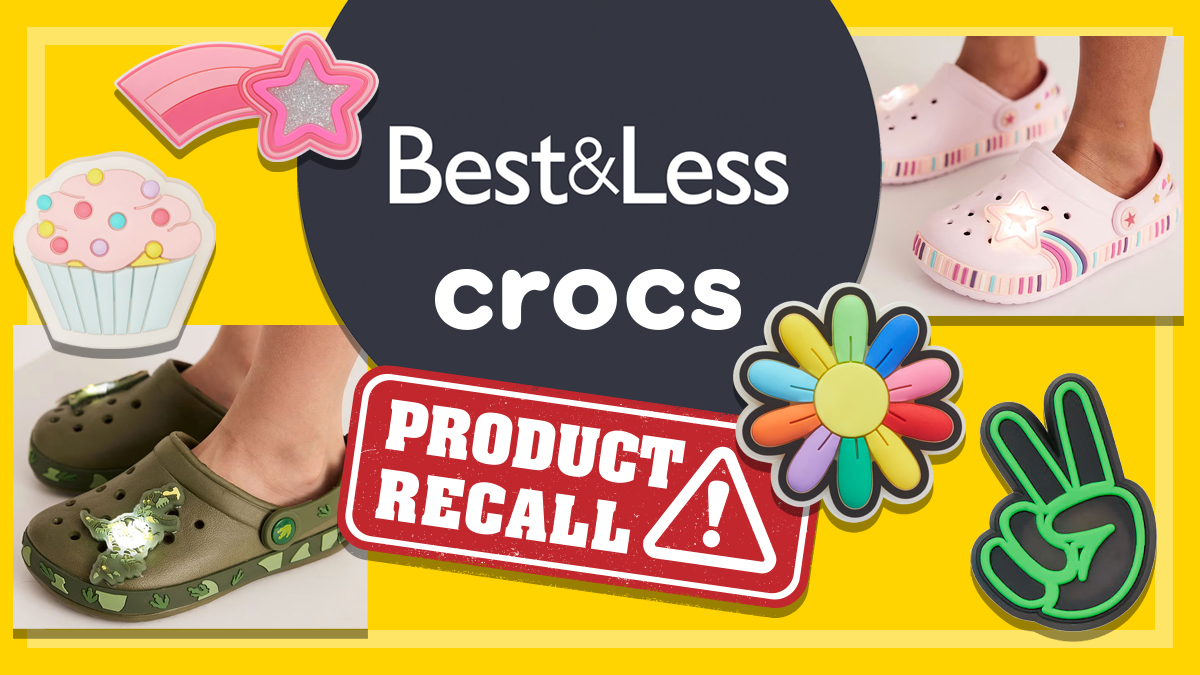Get our independent lab tests, expert reviews and honest advice.
Button battery safety failures
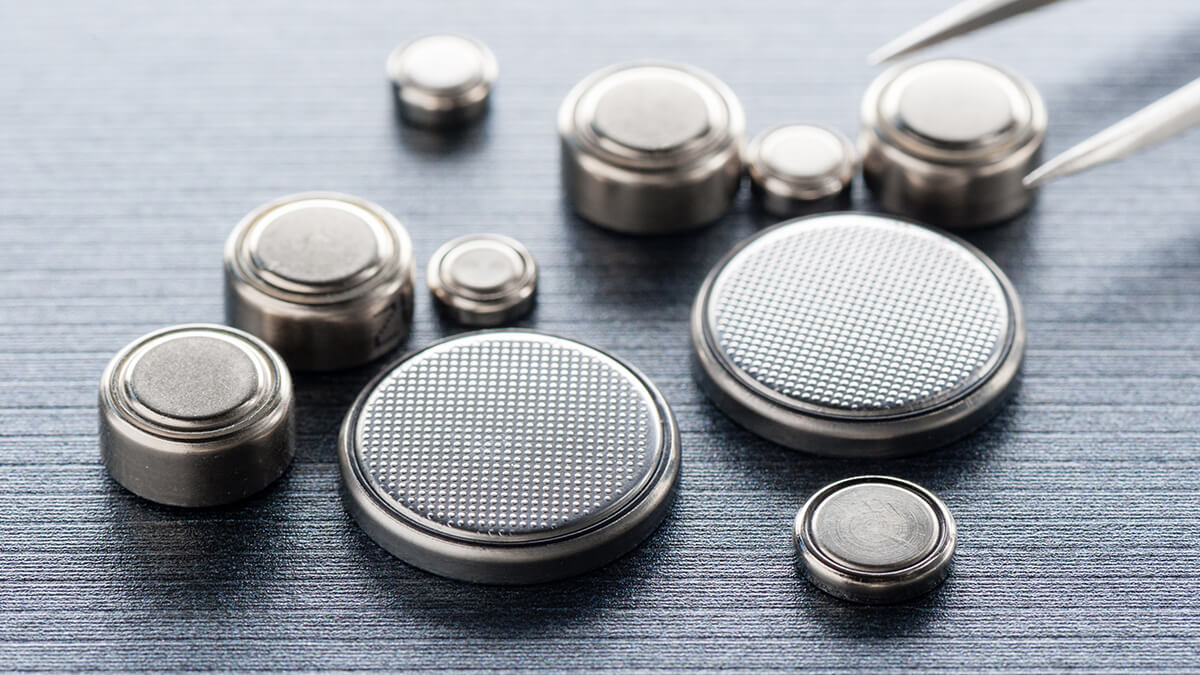
Need to know
- Australia's button battery safety laws took effect in June 2022
- CHOICE bought and tested 15 common household products to check whether they comply
- 10 of the 15 products had serious failures in button battery safety tests
On this page:
- The problem with button batteries
- Current button battery safety standards
- About our 2024 test
- What we found
- Manufacturer responses
- Safety warning failures
- Compliant products
- What consumers can do about button battery safety risks
Button batteries are everywhere these days, powering everything from medical devices to musical birthday cards.
But they are also a potentially lethal threat to young children, who ingest them at an alarming rate.
In December 2020, after years of campaigning by CHOICE and other organisations, the Australian government introduced mandatory safety standards for button and coin batteries.
Manufacturers, suppliers and retailers were given 18 months to comply with the new standards, which finally took effect in June 2022.
But are companies actually adhering to these laws? We took to our labs to find out.
The problem with button batteries
According to statistics (which date back several years before the regulations were introduced), around 20 children present to hospital emergency departments every week in Australia due to a suspected button battery ingestion or insertion.
In some cases, the damage is catastrophic and can be fatal.
Why is it happening? Button batteries are enticingly shiny and smooth. They’re also easy to swallow and can get stuck on the way to the stomach, where they cause severe localised internal burning with surprisingly few outward symptoms apart from the child simply feeling sick or in pain.
Button batteries can cause catastrophic damage when swallowed, and can be fatal
There have been three button battery-related deaths in Australia to date. In these cases, the parents didn’t know their child had swallowed a battery and its source was never found.
Button and coin batteries are a cheap and convenient way to power small items such as thermometers, garage remotes and watches, so it’s easy to see why they have become so common.
Toys designed for children aged under three are legally required to have secured battery compartments, but up until 2022, they were the only products where battery safety was mandated.
Current button battery safety standards
Mandatory standards (regulations) were announced in 2020, with plenty of time for manufacturers and retailers to get their products compliant.
The standards came into effect in June 2022, but we’re still finding non-compliant products.

The new regulations cover products that contain button or coin batteries, as well as button and coin batteries themselves.
They specify certain industry standards that can be used to prove the product’s safety (including toy standards AS/NZS 8124.1 and AS/NZS 62115, audio/video equipment standard AS/NZS 62368.1, and others) as well as additional requirements for some products.
The safety tests generally involve a range of physical tests to see if the batteries can be accessed too easily. For example, the battery compartment cover may be subjected to various forces to make sure that it can’t be easily opened by a child.
‘Foreseeable misuse’ tests help to make sure the batteries aren’t exposed after typical mishaps such as if the product is dropped onto a hard floor.
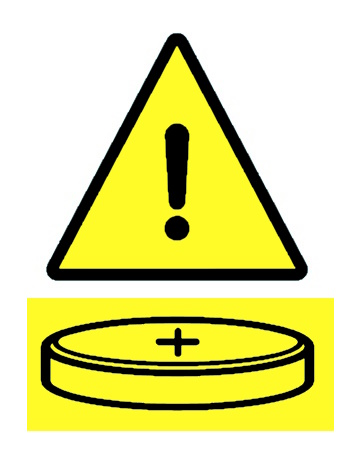
A common requirement for most products is that not only must the battery compartment be secure, but any fastener for the compartment cover (such as a screw) must be captive. That is, it stays in the battery compartment cover when it’s removed so that it isn’t lost.
If the screw is lost in the course of changing the battery, then the compartment cover is no longer secure enough, and it’s too easy for a child to access the button or coin battery inside.
The regulations also cover the warnings and information that need to be on the packaging and instructions for button and coin batteries, and for any products that contain them. The packaging needs to feature an internationally recognised safety alert symbol that’s clearly visible, prominent and legible.
About our 2024 test
Our latest button battery investigation is the second we’ve undertaken since the regulations became law. In January 2023, we found that six out of 15 products we bought in late 2022 had serious safety failures.
We found an even worse failure rate in January 2024, with serious failures in 10 out of 15 products that we bought in late 2023.
Many of these products were bought from online marketplaces such as Amazon or eBay, but some of the failed products were sold at large retail outlet The Reject Shop too.
Once again, we bought a range of different everyday products, all powered by button or coin batteries, and put them to the test in the CHOICE accredited laboratories to check if they comply.
The 15 products included:
- greeting cards
- wristwatches
- LED products such as a light-up skirt and novelty glasses
- toys
- musical light-up candles
- digital thermometers
- door sensor alarms
- tyre gauges.
We tested the products as per the toy standards, for which our labs are accredited, and which is one of the allowed options in the regulations.
Manufacturers are free to choose any of the nominated standards within the regulations, which can lead to slightly different results for some products.
For that reason, we put our findings to each of the manufacturers, in case they could show they had complied via one of the other testing options.
Dr Ruth Barker, a paediatrician and director of the Queensland Injury Surveillance Unit, has been a leader for many years in efforts to improve product safety standards. She made these comments on previous tests we’ve done of such products:
“Although the products tested may not seem to be the sort of thing a young child would be attracted to, the research shows that children access batteries from a diverse range of common household products.
“Sometimes the product is dropped and the battery released, the product is left on the coffee table, car seat, or kitchen bench, and sometimes kids climb or rummage about to find batteries from the most unlikely sources, even several years after the initial purchase.
“Novelties and cheap plastic products, often sold with a ‘this is not a toy’ label, are a serious issue, but in general toys are not the main culprit. Quality toys tend to be designed with battery safety in mind.”
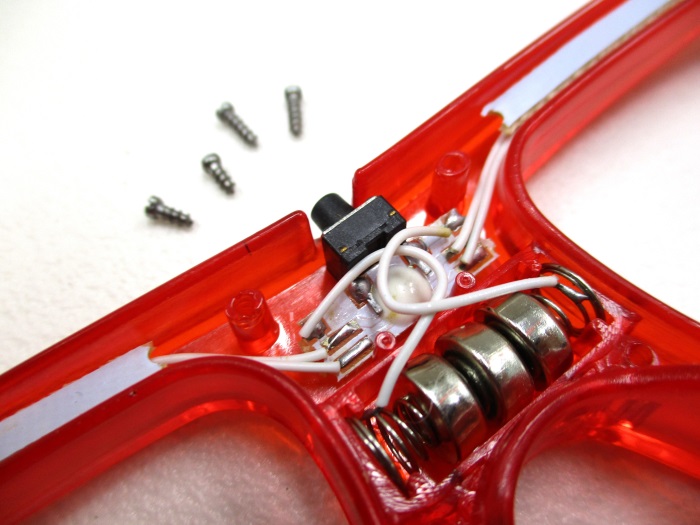

What we found
Serious failures
Two products came with battery compartments that were easy to open without a tool and had no screws. These were the unbranded digital thermometer and the FaSoLa door sensor alarm.
A further six products we tested had a battery compartment that was secured with a screw, but it was not captive – that is, it came loose from the battery compartment cover when we unscrewed it.
Under the regulations, it depends on which standard has been used to prove compliance, but in most cases (including the toy standards on which we based our tests) the battery compartment must be secured with captive screws or other fasteners so that they aren’t lost.
If the screws go missing in the course of changing the battery, then the compartment cover is no longer secure enough, and it becomes too easy for a child to access the button or coin battery inside.
Products with non-captive screws in our 2024 tests:
- Cool Stuff, TNW Dinosaur Torch and Projector, DI065DIN
- Disney Pixar Toy Story Woody’s Roundup, Woody The Sheriff Talking Action Figure, 4653-T
- TRS Trading Group Joy Light Up Figure, 30129936, Santa Claus design (The Reject Shop)
- TRS Trading Group Joy Light Up Novelty Glasses, 30131105, Santa Claus design (The Reject Shop)
- Unbranded Digital Tire Gauge, N00X Accurate Tire Pressure Gauges Gold, X00154DUON
- Unbranded LED Tutu Skirt Light Purple, 6E1010316.
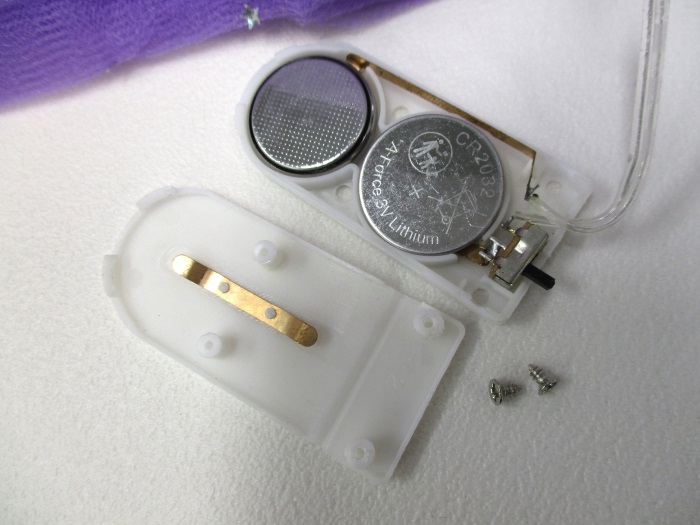
Lithium battery concern
One of the worst products we saw was an LED tutu skirt from eBay that contained two dangerous lithium batteries (CR2032). Not only were the screws able to be separated from the battery compartment, but there were no safety alert symbols whatsoever on the packaging or the skirt itself.
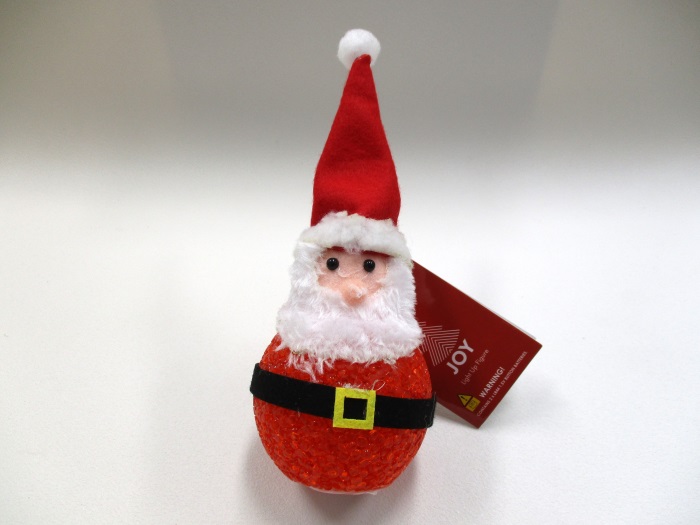

Manufacturer responses
The Reject Shop
We alerted The Reject Shop to the failures we found with the Christmas light-up figure and novelty glasses that had non-captive screws, making the batteries accessible.
The company responded by sending us a number of test reports from accredited third-party labs that state compliance to the requirements of the mandatory standards. However, these reports suggest that the samples they sent for testing and approval have captive screws, whereas we found that the samples we bought instore did not.
The screw on the Christmas light-up figure was able to be removed from the cover with a standard Phillips head screwdriver, and the ones on the novelty glasses could be removed from the cover with a fine-tip precision Phillips head screwdriver that can be commonly bought at discount stores (including The Reject Shop).
Our experts stand by the results based on the samples we bought and tested.
LED skirt eBay seller
In response to our concerns, the eBay seller said it would “report the problem to our supplier” and suggested refunding us $4 “as compensation and you can keep the item” (we did not accept the offer).
We alerted the ACCC, who investigated, and our buyer eventually received an email from eBay saying, “We take product safety very seriously. We’re reaching out to you because an item you purchased may have been recalled or pose a safety hazard. We recommend that you stop using this product. If you have questions about the item(s), please reach out to the seller or the manufacturer.”
Other sellers did not respond to our queries.
Safety warning failures
In our past investigations, we’ve found that some of the required warnings and information about button batteries were very small and/or hard to read. The regulations require the warning symbols and information to be visible, prominent and legible (they don’t specify actual dimensions for these warnings).
Worryingly, we found a number of products with serious failures regarding safety alerts and inadequate warnings that did not meet mandatory requirements:
- Cool Stuff, TNW Dinosaur Torch and Projector, DI065DIN
- Disney Pixar Toy Story Woody’s Roundup, Woody The Sheriff Talking Action Figure, 4653-T
- FaSoLa Door Sensor Alarm, JY-291
- Unbranded 24.5cm Digital Thermometer, H6200, KT300
- Unbranded Digital Tire Gauge, N00X Accurate Tire Pressure Gauges Gold, X00154DUON
- Unbranded LED Tutu Skirt Light Purple, 6E1010316
- Unbranded Musical Birthday Candle, @3229114@10-18, 68104804/C15-4-201 (this had a safety alert symbol but still had inadequate warnings about the battery)
- Unbranded Musical Candle, 62145.
We alerted the ACCC to these failures. It recalled a number of similar products to the dinosaur torch that were provided as novelty items at games arcades. Our buyer also received an email from eBay about one of the musical candles, advising them to stop using the product. It had the same wording as the message about the LED tutu.
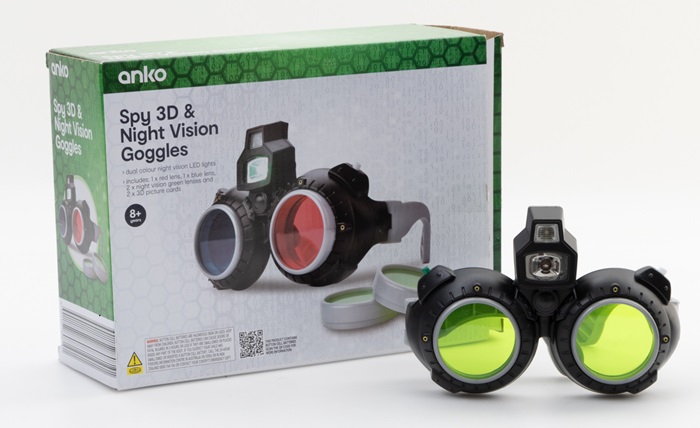
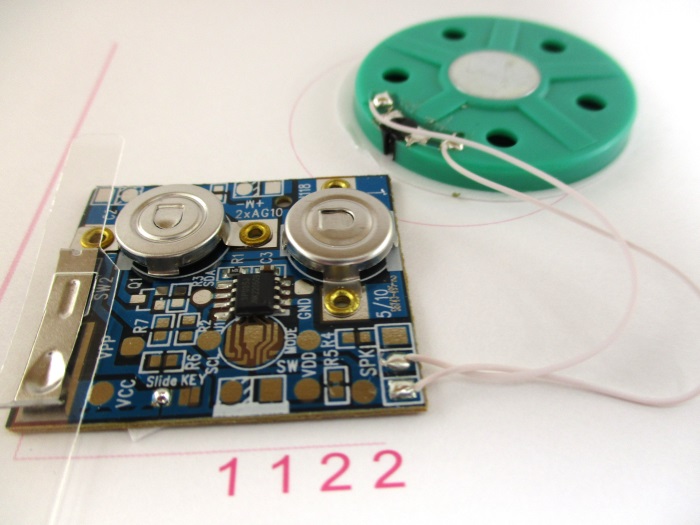
Compliant products
The good news is we found several products that were fully compliant with the mandatory standards, and happily this includes toys and products targeted towards children.
For example, the Hallmark musical greeting card had two batteries enclosed in shields which were securely fastened by rivets to its circuit board, as well as all required warning symbols.
Products that passed all our tests:
- Kmart Anko Pop-Out Pencil Case 43-214-105
- Kmart Anko Spy 3D & Night Vision Goggles 42-977-735
- Kmart Anko Wipe & Draw Tablet 10″ Colour 43-112-401
- Hallmark Interactive Musical Greeting Card, Disney Princess Design 40037240
- Unbranded Timepiece 365 Digital 218475 (bought from Big W).
Switching to compliant stock
In our 2023 test, we found examples of non-compliant versions of products still in stock at stores, even though they had been replaced by compliant versions (such as ones with captive screws).
We did not come across any in 2024, but we did buy a key fob controller that we thought might contain a button or coin battery when in fact it was powered by a AAA one.
We’ve seen this trend with pedestal and tower fans that use small remotes: 11 out of the last 22 models we tested use AAA batteries as opposed to button ones, which shows how many products can be designed safely without the need for a button battery.
What consumers can do about button battery safety risks
- Choose products that are powered with larger batteries that are much less likely to be swallowed (e.g. AAA, AA or 9V). This is especially true for toys.
- Try to keep any products that contain button and coin batteries out of reach of young children.
- When buying products that contain button and coin batteries, look for packaging with the safety alert symbol shown clearly, and with clear warnings about button battery safety. They’re a good sign that the manufacturer has aimed for compliance with the mandatory standard.
- For products with replaceable batteries, check that the battery compartment is secure, preferably with a captive screw or similar fastener.




